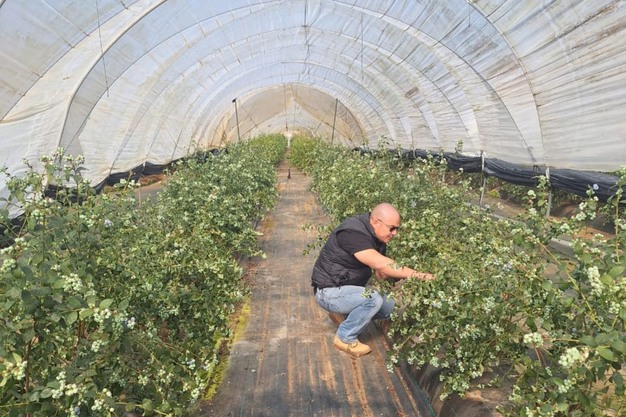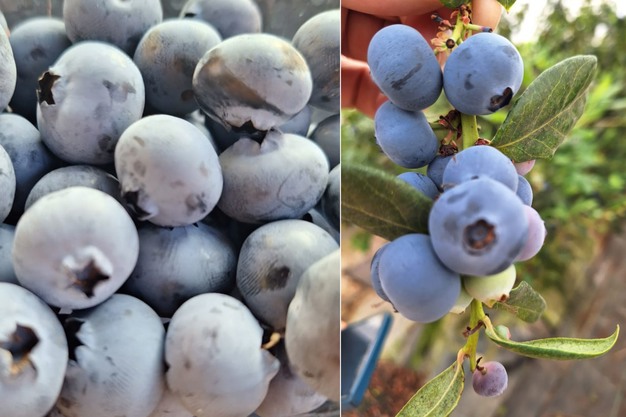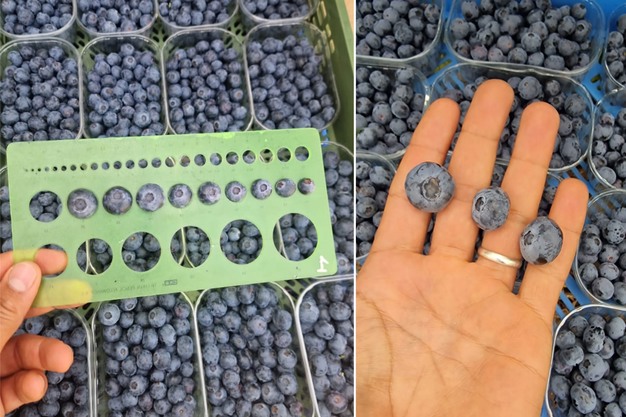The Moroccan blueberry season is progressing at two speeds. On the one hand, production in Agadir, in the center of the country, is in line with forecasts, with harvests stable since December 2023. On the other hand, the Gharb region in the northwest of the country is behind schedule for the start of the season, with volumes much more modest than last season. This is according to Mehdi Bencherkoun, CEO of DMB & Co.

In the Gharb region, which accounts for a large proportion of Moroccan blueberry production, the first harvests only took place in February, a month late. Yields are also down by almost 70% on the same period last year. The hardest hit are the small-scale growers, some of whom have virtually no volumes at all. It's a strange situation, very different from what we're seeing in the Souss Massa region, which is enjoying a normal season. The reason for this disparity is none other than the climate conditions that caught us unawares this year."
The exporter anticipates a return to normal by the beginning of March. He says: "Many growers have opted to plant blueberries and blackberries this season, to the detriment of strawberries. Even if yields are overall down, the increase in acreage will enable large harvests. We hope to return to a similar pace to last year by early March, with a harvest peak at the end of March and the beginning of April. There's a good chance this timetable will be achieved, given the development of the fruit we're currently seeing. We'll be able to export entire truckloads every week and save the season".

Will the late start mean an extension of the season? "It's not clear yet," says Bencherkoun. "It will depend on commercial parameters as well as technical ones. We'll see how the competition shapes up and whether Spain and Portugal will still be on the market, knowing that production from Western Europe, such as Serbia, should enter the market soon. Also, no one can predict how weather conditions will unfold in Morocco and elsewhere. It was predicted that Peru and Chile would have low volumes due to the drought, but in the end, they laid large volumes. Spain also started the season earlier than expected. It has become increasingly difficult to predict the timing and duration of seasons in the context of unpredictable weather."
Demand prospects over the next 1-2 months are also a matter of guesswork, according to Benchekroun. He explains: "Usually, our main markets for blueberries are the Netherlands, Germany, the UK, Russia and, to a lesser extent, Italy, Belgium, Asia such as Singapore and Indonesia, Malaysia, Hong Kong and the Gulf countries. But there will undoubtedly be major changes in the market. With the massive entry of Egypt into production and the first planting experiments in the Gulf countries. The world map of blueberry origins and destinations will, therefore, be turned upside down".

As for prices for Moroccan blueberries this season, Benchekroun says that "neither buyers nor growers have a clear idea of the season's prices. Spot sales, which represent the majority of our exports at DMB & Co, are priced on a weekly basis."
For more information:
Mehdi Benchekroun 
DMB & CO
Tel.: +212661214337
Email: [email protected]
